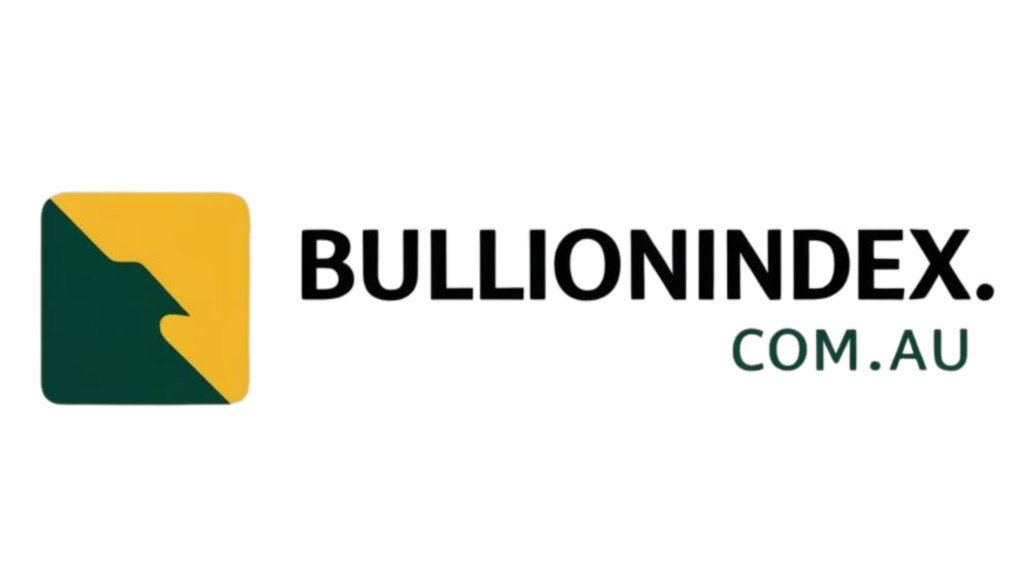Suriname, a small Caribbean nation, stands at the brink of a significant transformation fueled by its offshore oil reserves in Block 58. Projections indicate a substantial influx of investment, potentially reshaping the country’s economy from turmoil to prosperity. The critical question that looms is whether the country’s political stability and governance can effectively translate this “black gold” into sustainable returns for investors.
Following the May 2025 general elections, Suriname found itself with a fractured parliament, with the National Democratic Party (NDP) leading the coalition government. The NDP’s Jennifer Geerlings-Simons is set to become Suriname’s first female president, tasked with managing a government that must strike a delicate balance between financial prudence and social welfare commitments.
The new administration is focusing on key priorities, such as establishing the Savings and Stabilization Fund Suriname (SSFS) to mitigate oil price fluctuations, meeting fiscal surplus targets, and fulfilling promises of distributing payments to citizens once oil production commences in Block 58. However, challenges lie ahead, particularly as smaller coalition partners push for broader benefits from the oil wealth, potentially straining the country’s fiscal discipline.
While Suriname’s oil boom is still on the horizon, the groundwork has been laid with the development of the GranMorgu field by TotalEnergies and partners. This development is expected to significantly boost GDP growth, spur infrastructure investments, and create new opportunities for local businesses in various sectors.
For potential investors eyeing opportunities in Suriname’s evolving landscape, there are several avenues worth exploring. These include investments in energy infrastructure companies like TotalEnergies, offshore services providers such as Subsea 7 and McDermott, local Suriname-based firms in construction and logistics, and commodity funds offering exposure to the oil sector.
However, there are risks that investors need to navigate carefully, including political instability, oil price volatility, and Suriname’s high levels of public debt. Monitoring key economic indicators, such as inflation rates, foreign reserves, and the progress of the SSFS, will be crucial in assessing the country’s economic trajectory.
Suriname’s potential as an emerging oil-rich economy presents both high rewards and risks for investors. The success of investments in Suriname hinges significantly on effective governance and adherence to fiscal discipline. As investors consider tapping into this resource-driven economy, a long-term perspective, diversification strategies, and close monitoring of key metrics will be essential in navigating the evolving landscape of Suriname’s economic transformation.
📰 Related Articles
- Gold’s Investment Performance: Balancing Stability and Growth
- Gold Investment: Balancing Tradition and Modern Portfolio Strategies
- Builder.ai’s Collapse Exposes Risks of AI Investment Frenzy
- itch.io Domain Takedown: Lessons in Automated System Risks
- Xerox Versalink Printers Vulnerable to Hackers, Security Risks Identified






